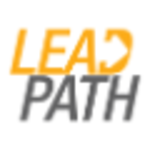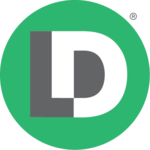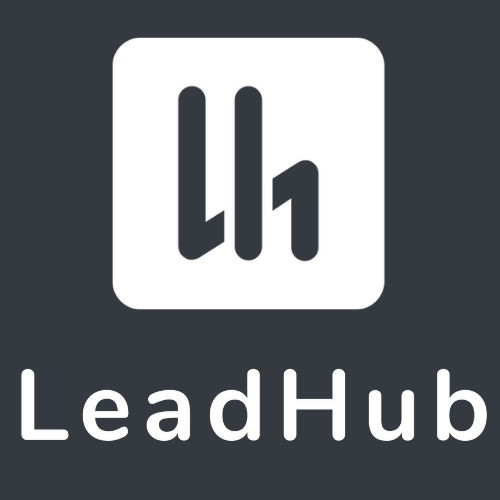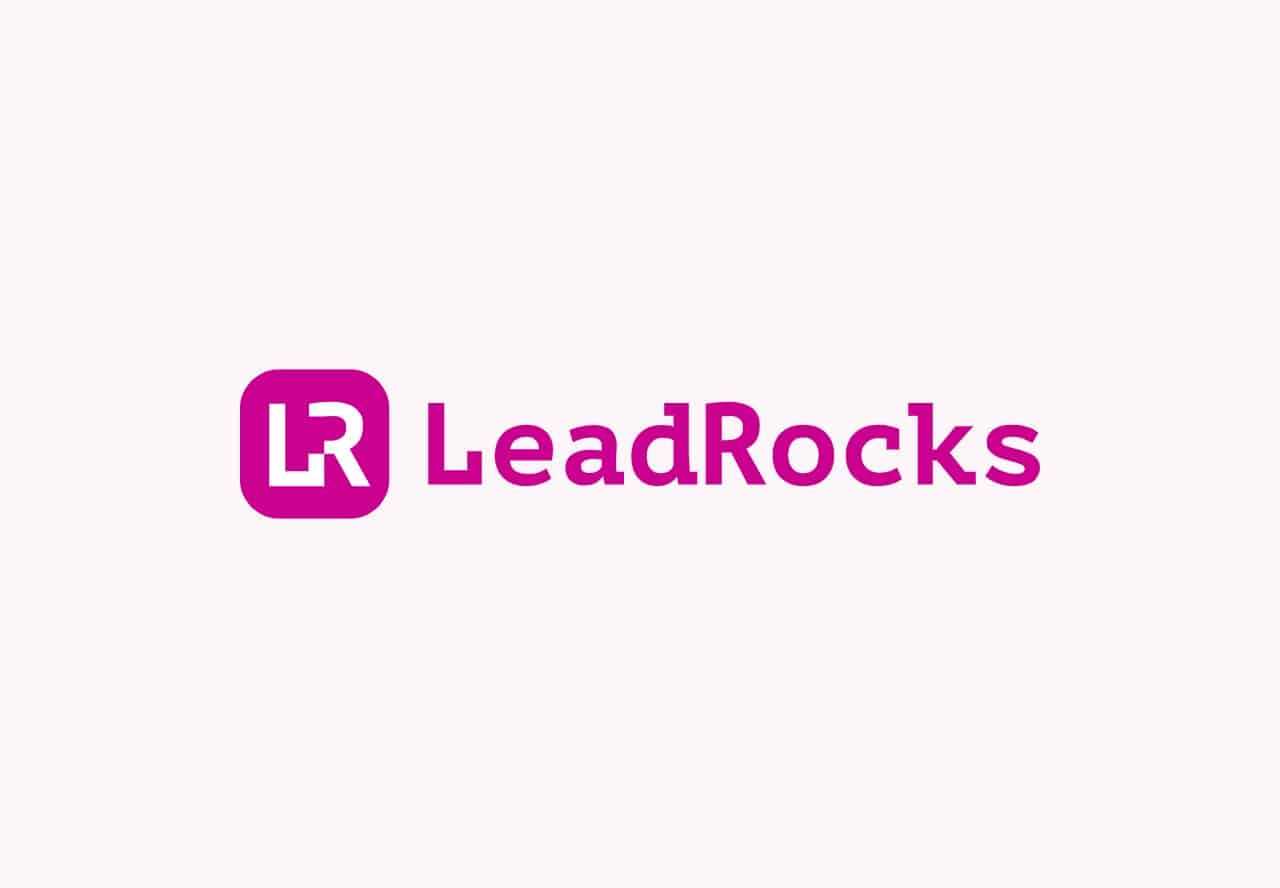Description

LeadPath

LeanData
Comprehensive Overview: LeadPath vs LeanData
LeadPath and LeanData are two software solutions that primarily operate within the realm of sales and marketing. They aim to improve the efficiency and effectiveness of lead management, which is crucial for businesses looking to optimize their sales funnels and enhance customer engagement.
LeadPath
a) Primary Functions and Target Markets:
LeadPath is a lead management platform that focuses on lead capture, management, and distribution. It is designed to streamline the process of capturing leads from various sources and managing them effectively through their lifecycle.
- Primary Functions:
- Lead Capture: Facilitates the collection of leads from multiple inbound channels.
- Lead Management: Organizes and categorizes leads for easy access and tracking.
- Lead Distribution: Automates the process of distributing leads to the appropriate sales representatives or teams.
- Target Markets:
- Primarily targets small to medium-sized enterprises (SMEs) and startups who require a straightforward system for managing leads.
- Industries such as real estate, digital marketing, and service-based companies often find LeadPath advantageous due to its user-friendly interface and focus on lead conversion.
b) Market Share and User Base:
LeadPath is relatively more niche compared to LeanData, focusing majorly on smaller businesses and those looking for simpler lead management capabilities. Its market share is smaller due to its narrower focus and the highly competitive landscape of lead management solutions.
c) Key Differentiating Factors:
- Simpler interface and more cost-effective for smaller organizations.
- Focuses more on lead acquisition from multiple channels and quick distribution, without the complex routing or analytics features that larger enterprises might require.
LeanData
a) Primary Functions and Target Markets:
LeanData specializes in lead-to-account matching and routing, as well as advanced analytics to optimize sales and marketing alignment.
- Primary Functions:
- Lead Management: Provides advanced lead routing based on customizable business logic.
- Account Matching: Associates leads with accounts to provide context and improve sales engagement strategies.
- Revenue Operations: Delivers insights via analytics to help optimize marketing and sales efforts.
- Target Markets:
- Geared towards larger enterprises and businesses with complex sales operations, especially in B2B sectors.
- Often used by companies looking for deep integrations with existing CRM systems such as Salesforce, which require robust data operations capabilities.
b) Market Share and User Base:
LeanData enjoys a stronger presence in the market, especially among larger enterprises looking for sophisticated lead routing and data management solutions. Its comprehensive features appeal to businesses with complex sales structures, offering a larger user base compared to LeadPath.
c) Key Differentiating Factors:
- Offers more advanced features in lead routing and account-based marketing, suitable for complex business processes.
- Strong integration capabilities with other CRM and sales applications, providing a seamless user experience for large teams.
- Robust analytics for deeper insights into sales operations, aligning marketing and sales strategies efficiently.
Conclusion:
While both LeadPath and LeanData focus on lead management, they cater to distinct segments of the market. LeadPath addresses the needs of smaller organizations seeking efficiency in basic lead operations, while LeanData targets larger enterprises requiring sophisticated solutions for lead routing and analytics to support more intricate sales and marketing workflows. The choice between them largely depends on the size of the organization and the complexity of its lead management needs.
Contact Info

Year founded :
2015
+1 312-219-9660
Not Available
United States
http://www.linkedin.com/company/leadpath

Year founded :
2012
+1 669-600-5676
Not Available
United States
http://www.linkedin.com/company/leandata
Feature Similarity Breakdown: LeadPath, LeanData
LeadPath and LeanData are both tools designed to aid in lead management and routing, particularly within the context of sales and marketing operations. Here’s a detailed breakdown of their feature similarities and differences based on the requested criteria:
a) Core Features in Common
-
Lead Routing and Assignment:
- Both LeadPath and LeanData offer robust lead routing capabilities, ensuring that leads are directed to the right sales representatives based on predefined criteria such as geography, industry, or lead score.
-
Data Management:
- They both provide tools for managing and cleaning lead data to ensure accuracy. This includes deduplication functions and integration with CRM systems like Salesforce.
-
Analytics and Reporting:
- Each platform includes features for tracking lead performance and routing effectiveness, offering analytics to optimize sales workflows.
-
Integration Capabilities:
- They both support integrations with various CRM systems and other third-party applications, enhancing data flow and process automation within organizations.
-
Automated Workflows:
- Automation of lead management processes, helping teams build efficient workflows to handle incoming leads without manual intervention.
b) User Interface Comparison
- LeadPath:
- Known for its intuitive and straightforward design, LeadPath emphasizes ease of use with a focus on visual simplicity. It typically offers a more direct approach with less clutter, aimed at providing straightforward navigation and operational efficiency.
- LeanData:
- LeanData's interface is often characterized by its robust, graphical representation of lead flows and routing paths. It provides a more visual experience with drag-and-drop functionality, allowing users to visually design and comprehend complex routing scenarios.
c) Unique Features
-
LeadPath:
- Customizable Scoring Algorithms: LeadPath may offer more flexibility in defining and customizing lead scoring models, allowing businesses to adapt lead qualification criteria to their specific needs.
- Simple Configuration Setup: Often praised for its easy setup, LeadPath might excel in providing straightforward configuration options that require minimal technical involvement.
-
LeanData:
- Advanced Lead-to-Account Matching: LeanData is recognized for its sophisticated lead-to-account matching capabilities, which can significantly enhance account-based marketing efforts by accurately associating leads with the correct accounts.
- Revenue Operations Platform: Positioned as a comprehensive revenue operations tool, LeanData often integrates broader operational insights and workflows extending beyond simple lead routing.
- Event and Trigger-Based Automation: LeanData offers complex automation capabilities based on events and triggers, which can provide nuanced and responsive lead handling processes.
In summary, while LeadPath and LeanData share numerous core functionalities aimed at optimizing lead handling, their interfaces and additional features cater to slightly different user preferences and operational needs. LeadPath focuses on simplicity and ease of use, whereas LeanData provides advanced operational functionalities with a strong emphasis on visual routing design and account-based marketing support.
Features

Not Available

Not Available
Best Fit Use Cases: LeadPath, LeanData
LeadPath and LeanData are both tools designed to optimize lead management and enhance sales processes, but they cater to different needs and scenarios. Let's explore their best fit use cases.
a) LeadPath
Best Fit for:
-
Startups and Small Businesses: LeadPath is ideal for smaller businesses that are just establishing their sales processes and need a straightforward solution for capturing and managing leads efficiently.
-
Basic Lead Management Needs: Companies with simple lead capture and nurture processes can benefit from LeadPath’s core functionalities without the need for complex workflow customizations.
-
Budget-Conscious Projects: Businesses with limited budgets might prefer LeadPath for its cost-effective lead management solutions that cover essential features without extra frills.
b) LeanData
Preferred Option for:
-
Mid-market and Enterprise Companies: LeanData is well-suited for larger organizations that require advanced lead management capabilities, sophisticated routing, and orchestration of complex sales processes.
-
Complex Sales or Lead Management Workflows: Companies that need dynamic lead routing, account-based management, and integration with various CRM systems will find LeanData an effective tool.
-
Sales and Marketing Alignment: Organizations focusing on closely aligning their sales and marketing teams can leverage LeanData’s robust features to streamline communication and process integration between the two.
d) Industry Verticals and Company Sizes
LeadPath:
-
Industry Verticals: LeadPath is versatile and can serve various industries, including retail, hospitality, and local services, which might prioritize quick lead capture and straightforward processing.
-
Company Sizes: Primarily targets small to medium-sized businesses. Its simplicity and affordability make it accessible for companies that do not yet require enterprise-level capabilities.
LeanData:
-
Industry Verticals: Favored by industries where advanced sales processes are crucial, such as technology, finance, and B2B services. These industries benefit from LeanData’s ability to integrate deeply with CRM systems and support complex account hierarchies.
-
Company Sizes: Suitable for medium to large enterprises due to its scalability and extensive feature set designed to support sophisticated sales and marketing strategies.
Both LeadPath and LeanData have tailored their offerings to suit different business needs and contexts. Understanding the complexities of your sales process and the breadth of your organization's needs will help determine which tool is the best fit.
Pricing

Pricing Not Available

Pricing Not Available
Metrics History
Metrics History
Comparing teamSize across companies
Conclusion & Final Verdict: LeadPath vs LeanData
To provide a conclusion and final verdict for LeadPath and LeanData, it's important to weigh the strengths and weaknesses of each platform and evaluate their overall value, particularly in the context of a company's specific needs and priorities.
a) Which Product Offers the Best Overall Value?
The determination of which product offers the best overall value depends heavily on the specific needs of the business. If your primary focus is on advanced lead management and comprehensive insights into lead interactions, LeanData may offer more value. However, if you are primarily interested in straightforward lead capture and routing with a simpler setup, LeadPath might be more suitable.
b) Pros and Cons of Each Product
LeanData
Pros:
- Advanced Lead Routing: LeanData offers sophisticated lead routing capabilities, ensuring leads are efficiently assigned to the appropriate sales reps, which helps in optimizing the sales process.
- Integrations: It integrates seamlessly with Salesforce and other CRM systems, allowing for a more cohesive data management experience.
- Analytics: Provides robust analytical tools to measure and enhance lead management strategies.
Cons:
- Complexity: The advanced features can lead to a steeper learning curve and may require dedicated training for effective implementation.
- Cost: Depending on the scale of usage, LeanData could be more expensive than simpler alternatives.
LeadPath
Pros:
- Simplicity and Ease of Use: LeadPath offers a user-friendly interface and straightforward functionality, making it ideal for businesses that need a simple solution.
- Cost-Effective: Generally more affordable, making it attractive for small to mid-sized businesses with limited budgets.
Cons:
- Limited Features: Offers fewer advanced features compared to LeanData, which could limit its usefulness for larger organizations seeking more comprehensive solutions.
- Scalability: May not scale as efficiently with growing businesses that require more complex functionalities.
c) Recommendations for Users Trying to Decide Between LeadPath vs LeanData
-
Assess Your Needs: Clearly define what you need from a lead management system. If you require extensive lead routing and integration capabilities, LeanData is likely more suitable. If you need a basic, cost-effective solution, LeadPath might be the better choice.
-
Consider Growth Projections: If your business plans to scale significantly, considering a platform that can grow with you is essential. LeanData offers more scalability due to its robust features.
-
Budget Considerations: Evaluate your budget constraints. While LeanData may offer more features, these come at a higher cost compared to the simpler LeadPath.
-
Trial and Testing: If possible, take advantage of trial periods for both products to better understand which platform aligns with your operational workflows and user preferences.
-
Consult Stakeholders: Engage with your sales, marketing, and IT teams to gather input on what features they prioritize in a lead management system, as this will guide your choice.
In conclusion, both LeadPath and LeanData have their unique advantages, and the best choice will ultimately depend on the specific requirements and future outlook of the organization in question.
Add to compare
Add similar companies




